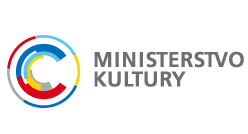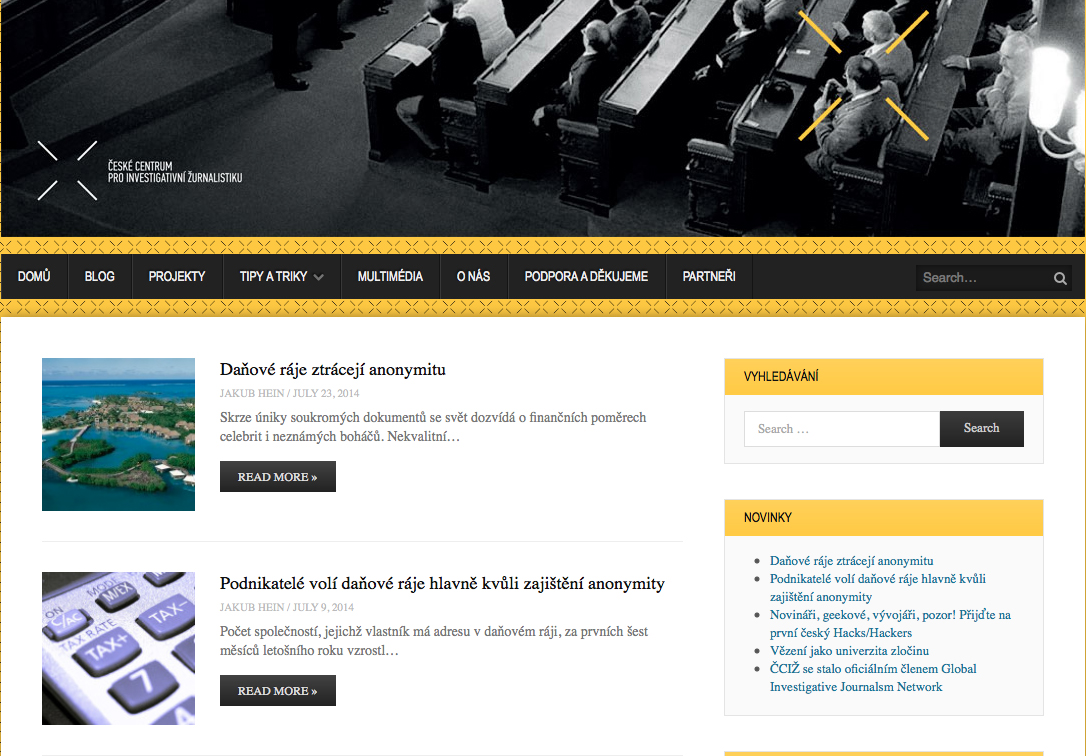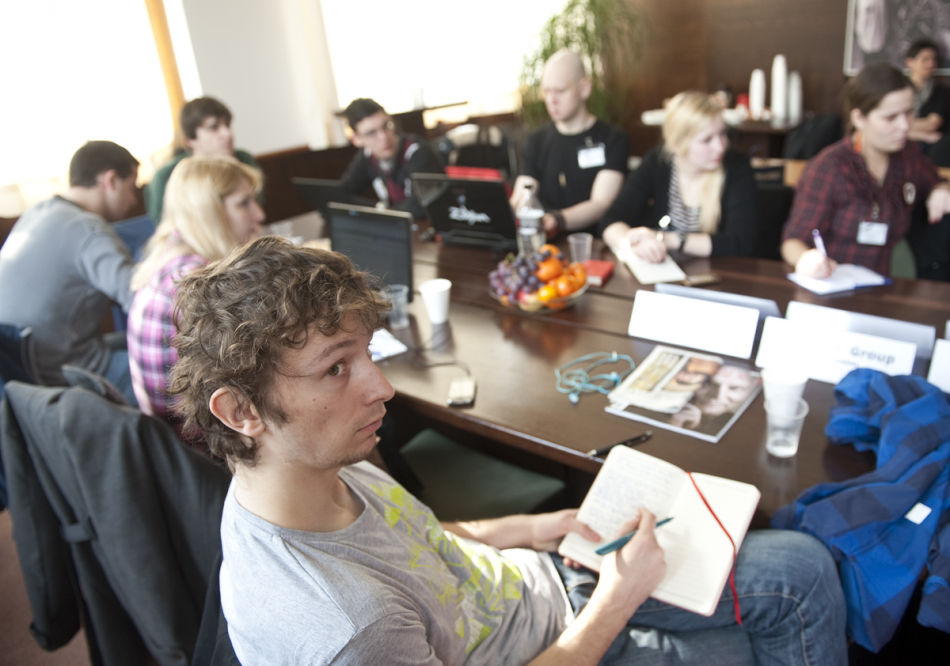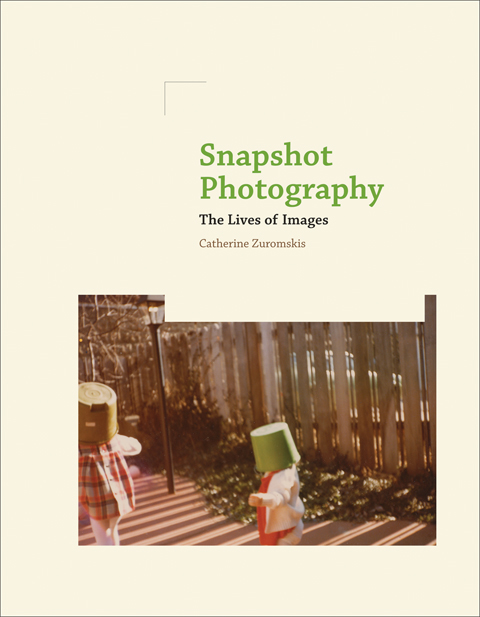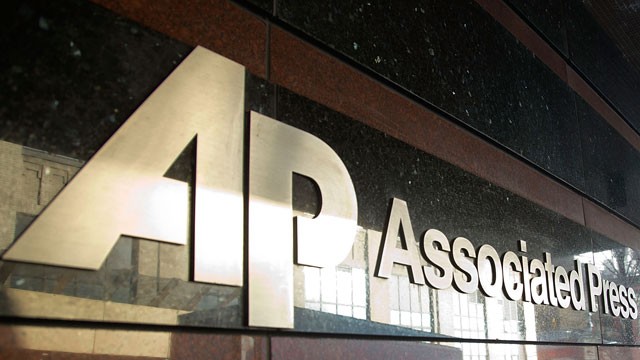Vicken Cheterian is a Swiss-based Lebanese-Armenian journalist, historian, and lecturer at the University of Geneva and Webster University Geneva. As a prominent representative of the Armenian Diaspora, he devoted much of his career to examining armed conflicts, revolutions, media and security issues. Through his works, he has offered critiques of Armenia-Diaspora relations and highlighted the deterioration of Diaspora organizations, inviting a discussion of a better understanding of identity in the transition process of traditional paradigms by modern realities.
In this interview, Cheterian reflects on the perception of Armenian identity, the challenges Diaspora communities face and the issues posed by media in this process.
Armenian identity has often been described as rooted in history, culture, and resilience, but its expression differs between Armenia and the Diaspora. How do you define Armenian identity?
My first remark is the dichotomy created between Armenia and the Diaspora. My personal experience, and what I observe with people around me, is that this dichotomy is getting less important. This border between what is Armenia and what is diaspora is less relevant today than at the time Armenia became independent.
Armenians have an obsession with identity. On the other hand, I remark that Armenian identity is very strong. You cannot take it easily, as a part-time identity. When you embrace it, it is deep and overwhelming. The reasons can be multiple, perhaps because of minority identity, complex history, or the rich culture. This identity is very much evolving and changing. One of these changes is the boundary between Armenia and the diaspora.
Are there geographical, hence ideological shifts in diaspora communities?
Before, there was the common Soviet identity. However, at that time, there was not just Armenia or Soviet Armenia, but there was also something called Ardasahman (in Armenian արտասահման, meaning abroad). Another thing that is changing in Armenian identity, which is less remarked and worked on, is that we Armenians, historically, are Middle Easterners, we are not Europeans. And that is changing now, we are slowly becoming Westerners. As you mentioned just before we started our conversation, the two largest Armenian communities outside Armenia are in Russia and in the U.S., not anymore Lebanon, Syria, Turkey or Iran. Armenians are moving and this is creating fundamental shifts in Armenian sociology. Armenians are changing for the first time in their history of existence. And I would say that we are not even conscious about this question, not to mention its consequences. In this change, while receiving incredible opportunities, we see numerous challenges as well.
In your column “Diaspora-Armenia Relations: Are we ready for a serious discussion?” (2021), you emphasized the historical role of Armenian intellectuals, from Mekhitarists to modern thinkers, in defining Armenians outside of the homeland. How can intellectual traditions of the past inform the challenges Armenians face today?
It is about Armenian political philosophy. Modern Armenian political philosophy and political thinking are completely a diaspora phenomenon and in a very funny way that Armenians have not found funny. Most of the Armenian thinkers who thought about Armenia, liberating Armenia, and Armenian nationalism, had no idea about it. This was completely imaginary. We Armenians live in many places, but in our Armenian political imagination, there is a piece of land called Armenia that is very important, although, we do not know about this country. And I mention this because Armenian political thinking up to today suffers from blind spots where we do not see things. We have not asked questions about this issue, we thought that Armenian nationalism, the way it is, was something normal. However, it was and is not.
And what about the challenges? Have there been any changes or “learnt lessons” from history?
Both Armenia and the Diaspora have enormous challenges. We are unable to see these challenges because we are unable to think in political categories, we think more about ideology than politics. When it comes to Armenian issues, we are more used to thinking in romantic terms. And by doing that, we do not see the real chances, possibilities, opportunities and potential. We do not see that there is an Armenian field worldwide which includes Armenia and the diaspora. We have not managed to see, understand and create institutions in more than 30 years, where Armenia is a state, and the diaspora is a community. They can work together to solve common problems.
What are the historical roots of this problem?
It is based on the fetishism of land. We live in Madras, Venice, Istanbul, Tbilisi, and Saint Petersburg, but we imagine there is a paradise called Armenia and if you are Armenian, you have to save it. However, we do not know Armenia, we do not think about it in political terms and we do not analyse Armenia in sociological terms. Over 30 years, what did we produce as a sociological analysis of changes in Armenia? We did not manage to understand the Nagorno-Karabakh conflict. We wrote many poems, but we do not have a single book about the history of the First Karabakh War. Everyone had heroic interpretations. And all this is because when we discuss Armenia, we become emotional. We have not managed to create professional institutions that can analyse, understand, and act on these issues.
In your column “Armenia-Diaspora: The Conservative and the Revolutionary” (2018), you mention that Diaspora-Armenia relations are often sidelined among Armenia’s priorities. Media offers the tools to unite the Diaspora and homeland, without leaving any of them “outside”. How can media narratives in Armenia and the Diaspora be aligned to foster a sense of shared purpose?
We have problems with our ability to prioritize what is important, what is essential, what is of national importance, what is national security and what is state security. During and after the 2020 Karabakh war (from 2020 to 2023), Armenians showed that they are unable to understand what is important and what is a detail. Issues on which we as a nation should have consensus and issues on which we can have differences, divisions and infighting.
About media, I do not want one narrative. What I want is for Armenia, after its independence, to be conscious of its weaknesses and potential and develop certain sectors. And Armenia failed in it; one of them is the media. Armenia needed global media where all Armenians could meet, get information and use it as a forum for discussions. This does not mean that you need one narrative, but you need a platform where you see reflection of your issues, questions, worries, hopes, and dreams.
You propose that Diaspora institutions must reinvent themselves to remain relevant, particularly by involving younger generations. Positioning this from the perspective of media, what steps should Diaspora media take to become engines of institutional reform? How can they inspire and mobilize younger Armenians?
Very simple. Old Armenian men dominate diaspora institutions; very often they are men, very few women. They should give space and power to young men and women. There are many jobs in Armenian diaspora institutions, but there are only old men. They stay in the same job for 20, 30, and 40 years, and they are tired, they do not have much to say, and they use a language that does not talk to the younger generation. The only way is to recruit young activists, and journalists, and give them positions. And let the young people talk to young people.
In diaspora institutions, we have questions of governance, we have questions of rotation between generations, and we have questions of nepotism. In most of the institutions where there is money, the father tries to put his child or relative in his place, which is not the best way to behave in institutions. The diaspora institutions need to go through deep reforms.
Is it due to only conservative thinking that undervalues the expertise and contributions of youth, or there are other underlying factors?
This should be a question of study. Probably there are some objective reasons. Today, the older generation speaks Western Armenian, the younger generation speaks local languages and those who speak Armenian, very often speak Eastern Armenian. There are questions of corruption, the conservatism of keeping power, and money. But there are also cultural issues. Probably many among the older generation do not recognize the younger generation as being proper Armenians. They need to be more flexible to understand that there is a new generation and for them being an Armenian is not the same as for the older generation. Maybe they were not born in Aleppo or Beirut, but in Los Angeles, Moscow or Saratov, however, they still care about their diaspora identity, about Armenia, but in a different way.
In your columns (1, 2), you emphasize the one-way relationship between Armenia and the Diaspora, where the latter is primarily viewed as a source of financial aid. Instead, you propose knowledge transfer and institutional partnerships. Has anything changed since the publication of these columns?
A bit, but not enough. I think within some circles in the current administration, they understand that what is important in the diaspora is not what they bring per year. Compared to the Armenian state and Armenian budget, it is nothing. The money that goes from Diaspora to Armenia, whether it is 20 or 50 million does not make a difference in Armenia’s strategic issues. What makes a difference is when Armenia requires high-tech equipment, which the U.S. considers to be of “dual use” (that can be used for civilian or military purposes) and restricts export. Obtaining these licenses is difficult and Armenia, applying directly, would not know how to navigate the process. Although, there are many Armenians who are experts in these domains. This is not something theoretical. Armenia can solve problems like this, which you cannot quantify in money. And this is slowly evolving. Among the ministers that are in power now, some people understand this because, for the first time, they are trying to make Armenia technologically relevant. Up to now, there was no interest, there was no project to modernize Armenia. They want to make high-tech the basis of Armenia’s economy, and the diaspora can help them solve the difficulties on the way.
How can media contribute to the transmission of this knowledge and be a platform for creating meaningful partnerships between Armenia and the Diaspora?
The media can contribute by investigating, reporting, and debating these difficulties. If we want to survive in the 21st century, both Armenia and the diaspora institutions need reforms. To be able to reform, we need precise information about where we have complexities, where things are not working, where we have chances to reform, in which direction to go, who is resisting and why, and how we can overcome this resistance. And for that, we need mass media, which we do not have now.
In the same column, you note that 30 years of “Armenia First” policies weakened Diaspora institutions, as they “forgot” to invest in themselves as well. Taking this from the perspective of media. How can Armenian Diasporic media regain its strength and re-establish itself as a pillar of identity preservation while continuing to support the homeland?
I do not see a contradiction between the two, I see fluidity and continuity. 30 years ago, we had professional media in the diaspora. Over 30 years since the independence of Armenia, our diaspora institutions have fallen downhill. The first independent media in Armenia were diasporan political party newspapers – Azg and Yerkir. These newspapers brought modernity and not only in the journalistic sense. I think Azg was the first one that brought a whole set of digital infrastructure, computers and a fresh start to the newspaper business in Armenia. Back then in the diaspora, our newspapers were much more advanced than the media in Armenia. Today, if someone in Yerevan asks the diaspora to go and teach them journalism, the diaspora will reject it because it does not have professionals now. This is exactly because we did not invest in our diaspora institutions, newspapers, schools, sports clubs, churches, and so forth. As a result, now we have very poor diaspora institutions, including diaspora media. How many journalists do we have in the diaspora now…?!
It is a well-known fact, that social media platforms have democratized global communication, and Armenian communities are no exception. What are the opportunities and dangers of relying on social media as a primary platform for identity discourse? How can we reduce the risks of misinformation and oversimplification of complex issues, while leveraging its reach?
Social media, and especially these digital gadgets are incredible technological instruments. Historically, the time between printing and then sending it from one city to the other took days, sometimes months and years. Today, I write something here and someone in Manila or Lima can read it immediately. This makes the Armenian dispersion like a small village. But our problem is that we did not know how to use it. We should learn how to use it for our purposes. To do that, we should give content to it. However, we failed to create the media content we were discussing earlier, we failed to create this Pan-Armenian platform where our questions, concerns, dreams and hopes are reflected, discussed and that we can be a part of.
Tags:Armenia, Armenian Diaspora, english content, identity, Interview, nationalism




